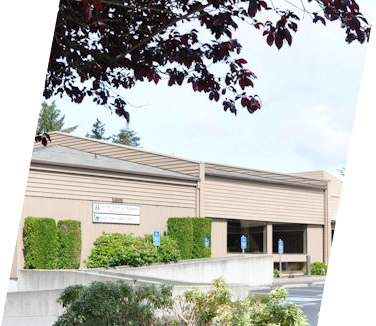The Achilles Tendon
Achilles Tendon Injuries
The Achilles tendon is the largest tendon in your body. It connects the muscles in the back of your lower leg to your heel bone (the calcaneus) and must withstand large forces during sporting exercises and pivoting. There are two main types of injuries that affect the Achilles tendon: 1) overuse and inflammation, called Achilles Tendonitis, and 2) a tear of the tendon.
Achilles Tendonitis
Achilles tendonitis often occurs when you rapidly increase the intensity of training or start new types of training when your body is not fully conditioned, e.g., adding uphill running to your training schedule or restarting training after a period of inactivity. You may experience mild pain after exercise that gradually worsens. Mild swelling, morning tenderness, and stiffness may also occur, but may improve with use. Severe episodes of pain along the length of the tendon several hours after exercise may also be experienced.
Because other symptoms may be present, it is best to see your doctor for full evaluation of an Achilles injury. Treatment depends on severity and typically involves rest and nonsteroidal anti-inflammatory medications (NSAIDs) to relieve pain and inflammation. An orthosis (a brace) may be needed to relieve the stress on your tendon and support your ankle, or bandages may be applied to restrict joint movement.
Surgery is sometimes an option to repair any tears and remove any inflamed or fibrous (toughened) tissues. Recovery in general includes rehabilitation to avoid future weakness in your ankle.
Achilles Tear
Your Achilles tendon may tear if it is overstretched, usually while playing sports. The tear may be partial or complete and most commonly occurs just above the calcaneus (your heel bone). A snap or crack sound may be heard at the time of injury. Pain and swelling near your heel and an inability to bend your foot downward or walk normally are signs that you may have ruptured your Achilles tendon.
Surgery is typically needed for a complete rupture. After surgery, your ankle will be kept stable in a cast or walking boot for up to 12 weeks. A torn ligament may also be managed nonsurgically with a below-knee cast, which would allow the ends of the torn tendon to heal on their own. This nonsurgical approach may take longer to heal, and there is a higher chance that the tendon could re-rupture. Surgery offers a better chance of full recovery and is often the treatment of choice for active people who wish to resume sports.

